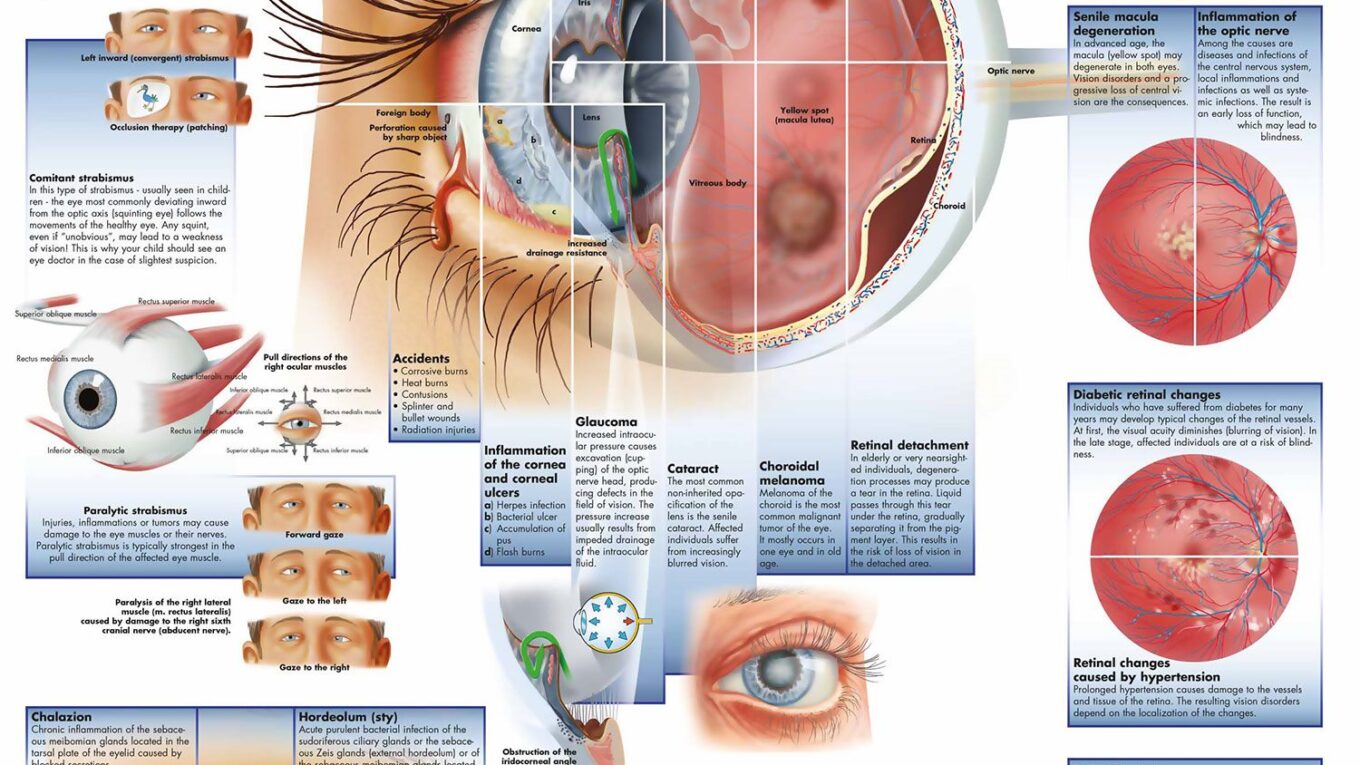Distinguishing Meibomian Cysts from Styes: Understanding the Difference
Meibomian cyst and Stye
Meibomian cyst
A chalazion or meibomian cyst occurs when an obstruction prevents oil glands, known as meibomian glands, from opening properly, leading to their expansion and eventual leakage into eyelid tissue resulting in inflammation, swelling or small lumps on eyelid. Although inflamed meibomian cysts may become infected over time.
What are Meibomian Glands? Meibomian glands located within eyelids create a protective oil layer to keep eyes from drying out and prevent vision impairment.
Stye A stye (hordeolum) is typically an eyelash follicle infected by bacteria from skin getting into and irritating oil glands of eyelids leading to an itchy and sore bump on one or both eyelids. A stye may also sometimes accompany blepharitis (an inflammation of eyelid edges).
Meibomian cyst symptoms
At first, the meibomian cyst may cause swelling, irritation and mild pain in the eyelid. But these symptoms often disappear within several days leaving behind swelling or small bumps on the eyelid that gradually grow over time – sometimes even growing to press against the eyeball, leading to blurred vision or worse.
Stye symptoms
A stye typically begins with pain and tenderness at the eyelid’s edge, followed by reddening of its edge before developing into a small red and swollen area that becomes sensitive to bright light, often watering when something in its eye is felt; often just one part of an eyelid becomes swollen; in rare instances all eyelids swell up; the center usually develops yellowish spot near its edge which eventually ruptures, releasing some material and finally ending this issue altogether.
Internal hordeolum symptoms tend to be more intense compared to external ones, including pain.
Meibomian cyst treatment
If a cyst needs to be touched or squeezed, make sure that you wash your hands first if needing to touch the affected area.
Meibomian cysts often don’t need treatment and will typically resolve within 2 – 8 weeks without intervention. A warm compress applied multiple times daily is an effective treatment as its heat helps soften oil in blocked glands and reduce swelling. Gently massaging the lump following application of warm compress can also hasten healing.
Antibiotics typically are ineffective against meibomian cysts as they do not result from an infection; however, an antibiotic eye ointment could be applied if the cyst becomes infected.
Cysts that obscure vision can be surgically treated using minor drainage procedures; however, because they can reform, the usefulness of such treatments is limited. While adults have the option of local anesthetic for their procedure, children will require general anaesthesia in order to be safe.
Stye Treatment
One of the most effective stye treatments is warm compresses, which will help the stye pop open and drain on its own. Internal styes rarely rupture on their own and might need to be surgically drained instead; external styes that don’t resolve with warm compresses might require surgical drainage as well.

